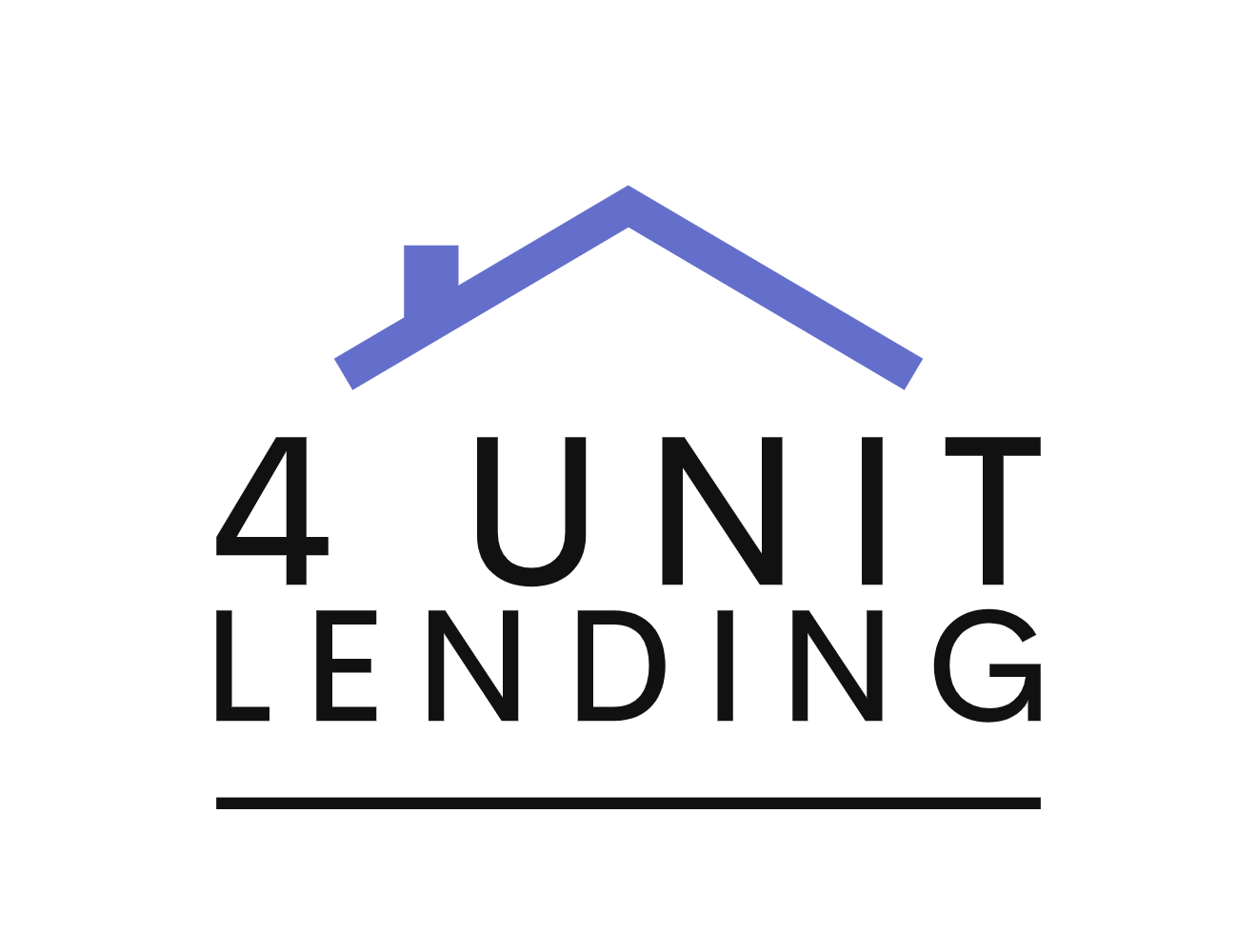The Fed’s rate hikes exposed weaknesses in real estate financing, leading to March 2023 bank failures. “Tightening until something breaks” became a reality.
The first was Silicon Valley Bank (SVB), which failed on March 12. Three days later, Credit Suisse – one of the largest and oldest banks in the world – was bought by UBS. They were followed by Republic Bank in May.
Together, these bank failures matched those of 2008 in terms of assets purchased and Fed support required. So, how did we get here, again?
The answer, as in 2008, has to do with interest rates and mortgage-backed securities.
Silicon Valley Bank Failure Trigger Point
The trigger for SVB’s failure began with the sale of mortgage-backed securities to raise cash. (Mortgage-backed securities bundle multiple home loans into a single, securitized package that bond investors can purchase.)
Unfortunately for SVB, these sales resulted in substantial losses on their balance sheets. That sparked a run on the bank. Depositors feared that the bank didn’t have the capital to meet all its liabilities.
To understand why we reached this point, let’s explore why regional firms like SVB bought mortgage securities in the first place.
Deposits as Liabilities on Bank Balance Sheets
When you deposit money in your local bank, your money funds bank activities and sits on the bank’s balance sheet as a liability. Depositors can ask for their money back at any time and may receive interest in a savings account. Historically, the bank has to pay very little when interest rates are low.
During the height of Covid-19, deposits were a low-cost source of funding as the Fed flooded the economy with cash and slashed interest rates to zero. Interest rates paid on deposits plunged to all-time lows, while the amount of cash deposits spiked to all-time highs.
SVB catered to venture capital firms raising millions of dollars, which they would deposit into the bank. These deposits sat on SVB balance sheets as liabilities and a very cheap source of funding.
In SVB’s case, the bank invested its capital into mortgage-backed securities at ~3%, making a spread between that return and their low cost of capital from deposits.
The Original Sin – Asset Liability Duration Mismatch
SVB (among other banks) deployed their short term deposit capital into buying long-term bonds and mortgage-backed loans they expected to own for years. Borrowing short and investing long in this manner is known as an asset-liability duration mismatch – and in Finance 101 you’re taught “Don’t Do This, It May Kill You.”
If a bank lends out customer deposits for a term of five years, they risk not being able to produce them if the customer asks for their deposits back earlier. If that happens, the bank will be forced to sell assets in order to repay the customer’s deposit. However, if interest rates have risen in the meantime, the assets that the bank wants to sell may not be worth the original price. This leads to a loss for the bank.
The temptation for easy money was too great. The C-suite at these banks gambled… and lost. As interest rates rose, they had to sell mortgage bank securities at a loss. These losses spooked the public, triggered bank runs and, ultimately, led to bank failures.
A History of Real Estate Securitization
Let’s take a step back into the history of residential real estate securitization for a moment.
Before institutions got involved, residential real estate used to be one of the greatest mom-and-pop investments – a completely fragmented market but with incredible risk-adjusted returns.
Wall Street Enters the Industry
In the wake of the 2008 Great Recession, housing prices and inventory levels hit extremes – for good reason.
Real estate assets were valued at pennies on the dollar, and commercial banks were foreclosing and taking these assets between 2010 and 2012. With all the inventory, banks became forced sellers en masse.
Banks offloaded bloated inventory and denied mortgages for these assets. Asset prices plunged, offering attractive unlevered returns. Large residential real estate inventory became available for the first time. Wall Street entered the market and aggressively acquired these assets. Investors found opportunities in the distressed property market. This shift transformed real estate investing dynamics.
Private equity groups like Blackstone through Invitation Homes moved in first, buying undervalued properties aggressively. Once Wall Street private equity started investing, they called their debt financiers over at Deutsche Bank, who were happy to get involved with fees to be made. Deutsche helped them securitize residential mortgages, grouping mortgages together into bonds that would allow investors to raise more capital.
This was the beginning of the wave of institutional capital buying into residential real estate.
Competing with local banks
After Wall Street had success financing real estate debt for institutions, companies like B2R Finance, First Key, and a company that eventually became Corevest decided to open up long-term financing for retail real estate investors.
This was a key shift where Wall Street financiers began to compete with local banks or friends & family funding sources. Corevest provided non-recourse products – if a borrower defaults on a non-recourse loan, the lender can not pursue anything beyond the collateral, which would be the home.
Around 2017-2018, companies like Verus changed the market forever. They minted real estate debt that based the underwriting principally on the debt service coverage ratio (DSCR) of the underlying real estate collateral. They also familiarized and educated bond buyers and rating agencies with these new products.
In the process, they tapped into a huge, underserved market, knowing that if they could educate and interest bond buyers, they could drive down rates and compete directly with banks.
As a result, DSCR loans were born.
What are DSCR Loans?
DSCR loans are secured by investment propertied and provide an alternative to traditional bank loans requiring personal income verification. A popular version of the loan offers a 30yr term with a fixed rate of interest and 30yr amortization schedule.
Instead of considering paystubs and income calculated from tax returns, these “no income” loans look at a property’s debt service coverage ratio. DSCR pits the property’s annual gross rental income against its annual mortgage debt, including principal, , interest, property taxes, and insurance.

